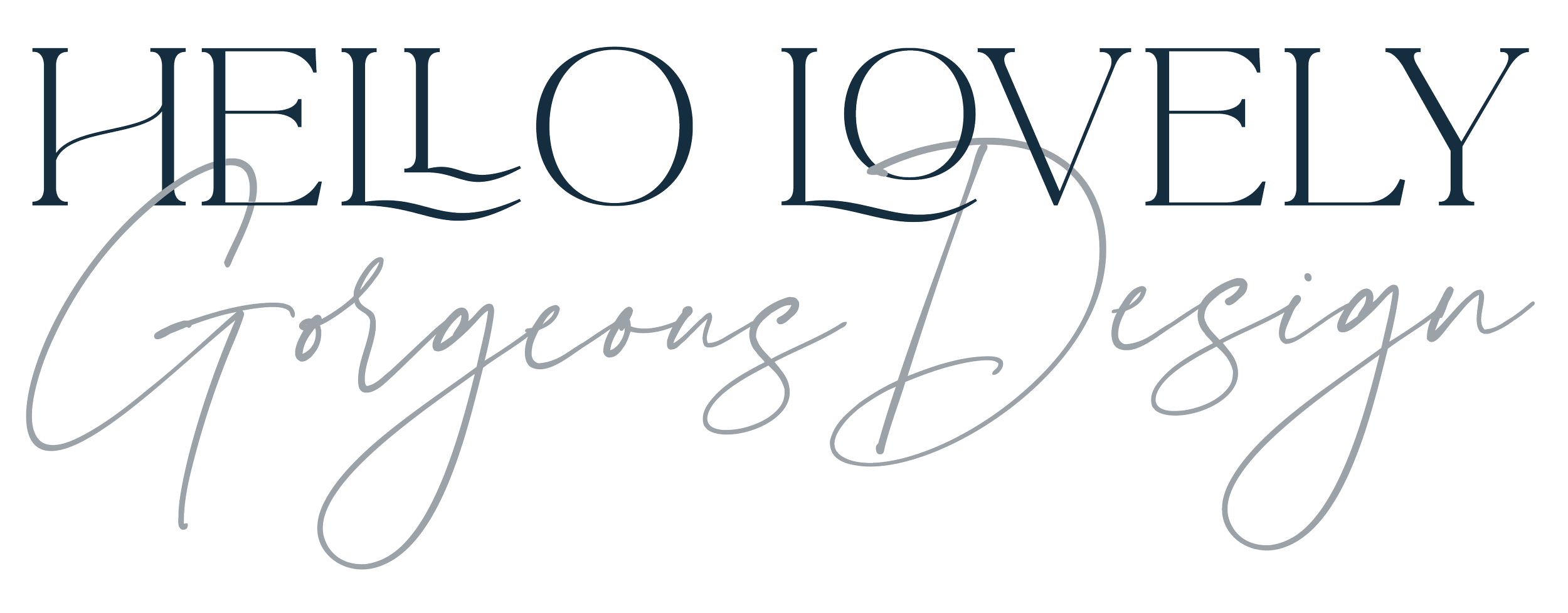Branding and logo step-by-step
I believe in having systems for everything, and this is my branding design process explained. It’s helpful for clients and any creatives who are curious about workflow.
The brief
My brief is contained in Dubsado, my CRM. We begin by defining the target audience, This is important because we need to design strategically to attract them. I collect all of this information through the brief. Critically it’s certainly not my logo or brand and to a degree, it’s not the client either but it’s their audience who matter.
I ask a variety of questions to determine this and the process often clarifies who the audience is for my clients.
Design preferences
I also ask about the design. Isn’t that your job you may ask. Yes, but there are some important points to learn about the client’s business, the emotions of the business and what colours or fonts appeal. I also ask for links to brands that clients and their audience tune into, the competitors, and anything else they want to show or explain.
The quote
When I have the form, I will confirm the pricing which is usually based on one of my packages.
Once the contract is signed and the deposit is paid, the prices is underway. I will read through the brief carefully and conduct some research. What are their competitors doing? What are the specific things they like? Dislike? What is their mission and how are will that be visualised?
All of this detail is saved in Dubsado as a project record and linked to my Trello board.
Mood board
I ask my clients to start a Pinterest board to get detailed idea of what the client is attracted to and what they believe their clients like. It doesn’t have to be design related, it can be images of anything from landscapes to objects.
Once completed, I create a mood board for their brand. This is a collection of images, materials, colours and styles that show a particular concept concluded from the brief, the Pinterest board and all of the research to show the feel of the brand.
At this stage, both myself and the client should have an idea of the style but I’ll ask the client to approve before creating the logo. There will almost certainly be a few things too adjust. Altering a board is much easier than redoing the brand design at a later stage.
I send this off to the client, and there may be a couple of revisions. Once complete, it’s checked off in Dubsado.
Colours
While I’m creating the mood board, I’m also creating a colour palette and will create up to three sets for approval.
Logo concepts
I always begin on paper by sketching out the ideas and then refining in Adobe Illustrator. I will provide my client with at least 3 unique designs to choose from and present ‘in the wild’ by placed in mocked up social media posts or relevant backdrops as this helps to show it working. I usually provide around 3 rounds of revisions to get the logo perfect and often this takes elements from each design.
Branding toolkit
This is where the brief, research, moodboard and prep-work comes together. I’ll create a submarket, logos in colour ways, collect up image suggestions, font suggestions and any other brand material. I put this all together and present it to my client on one of my toolkits and take in any revisions.
The aim with the toolkit is to bring together all of the design elements into one document. This means it’ll make sense to any third party should my client want to order promotional material for example, or employ other designer.
Handover
The last stage is to create a Google Drive or Dropbox folder and send the files to the client. I create a carefully labelled folder and in this I place subfolders with the following
All working files in .Ai format (Adobe Illustrator)
All logo variations in High Res transparent PNGs (for web)
All logo variations in EPS (for print)
Any images, textures or other photo based work as .JPG
Branding Style Board in .JPG
Moodboard as a .JPG
Testimonial
I ask for a testimonial, and referrals where possible. I do this via Dubsado too. It’s a questionnaire with prompts and an opportunity to be honest about the process so that I can improve the process.
My process has been refined and updated over time to be the best it can be, and to serve my clients well. I hope find it works for you too.
